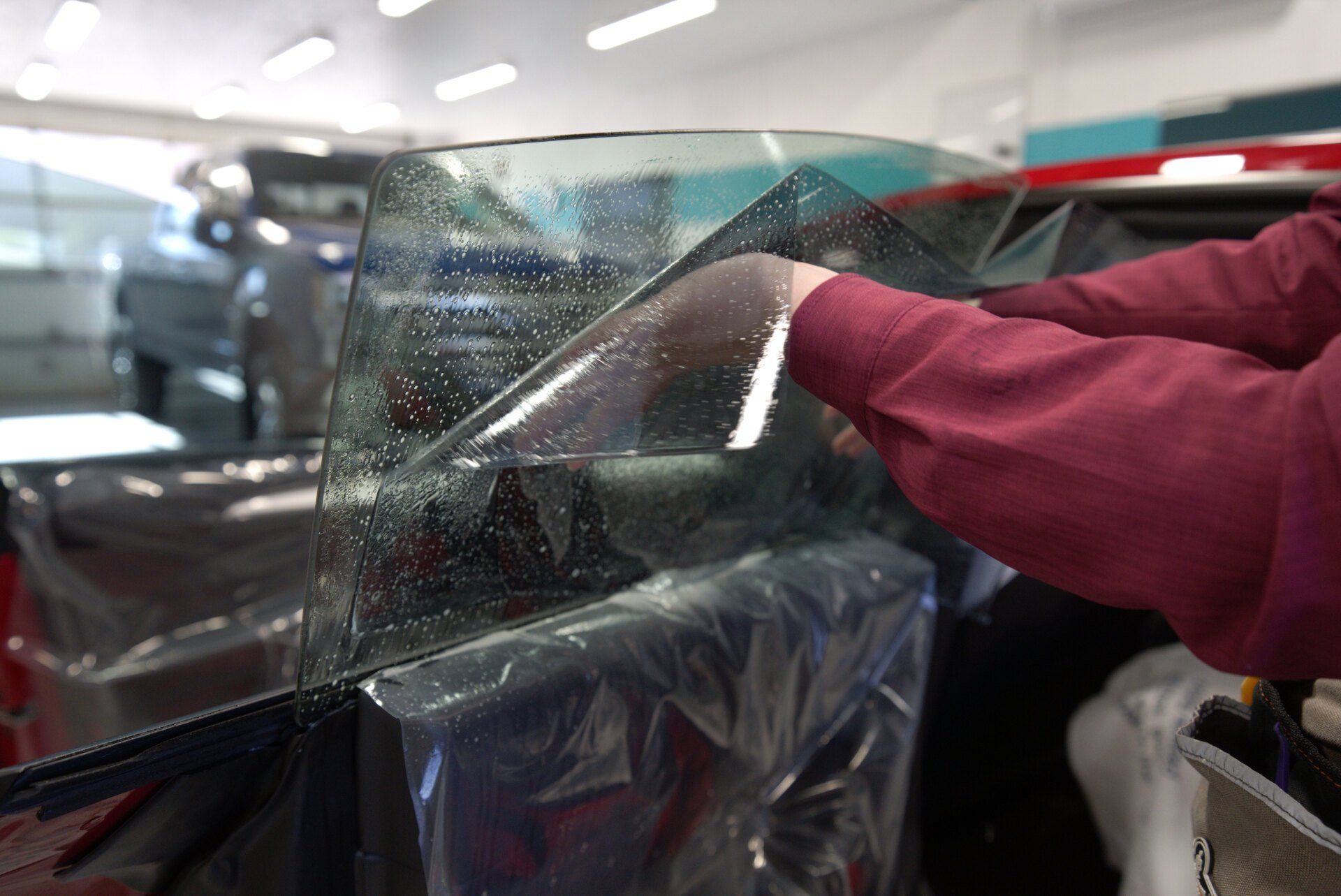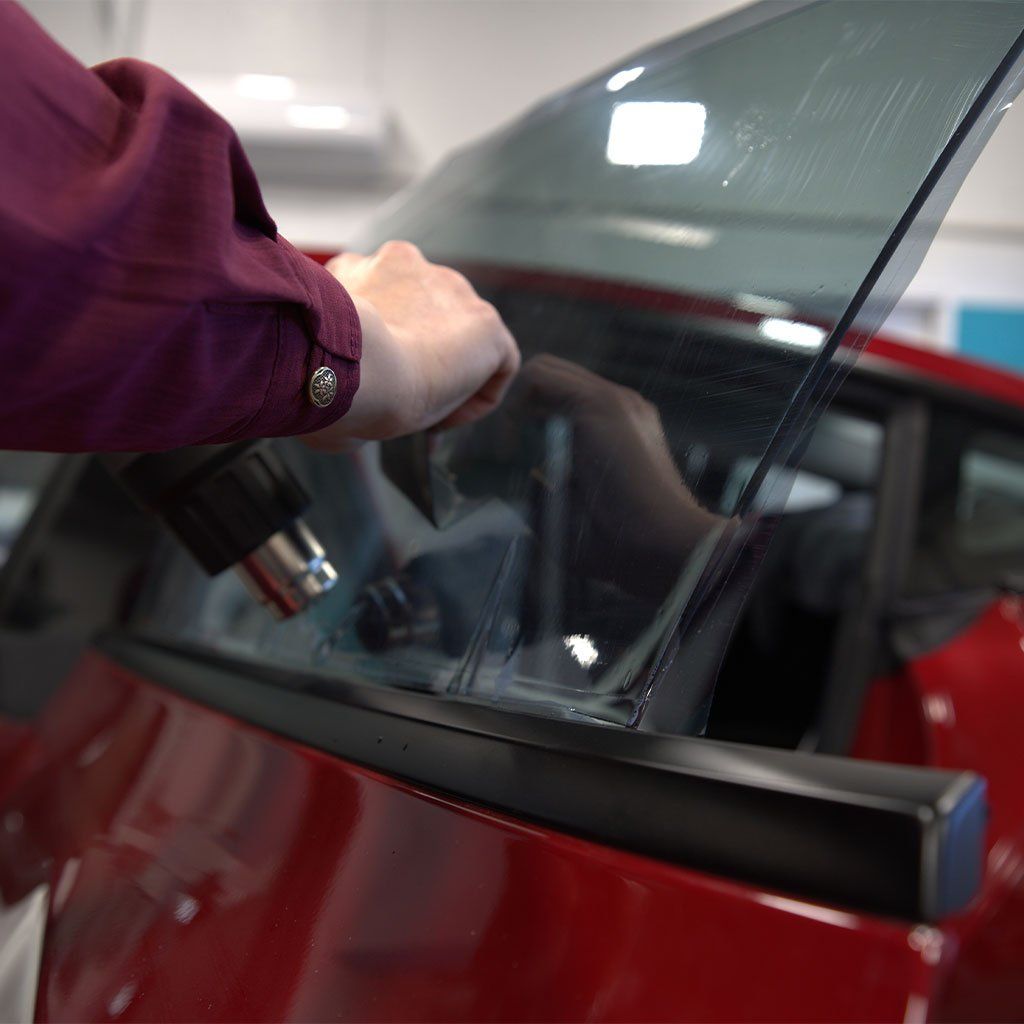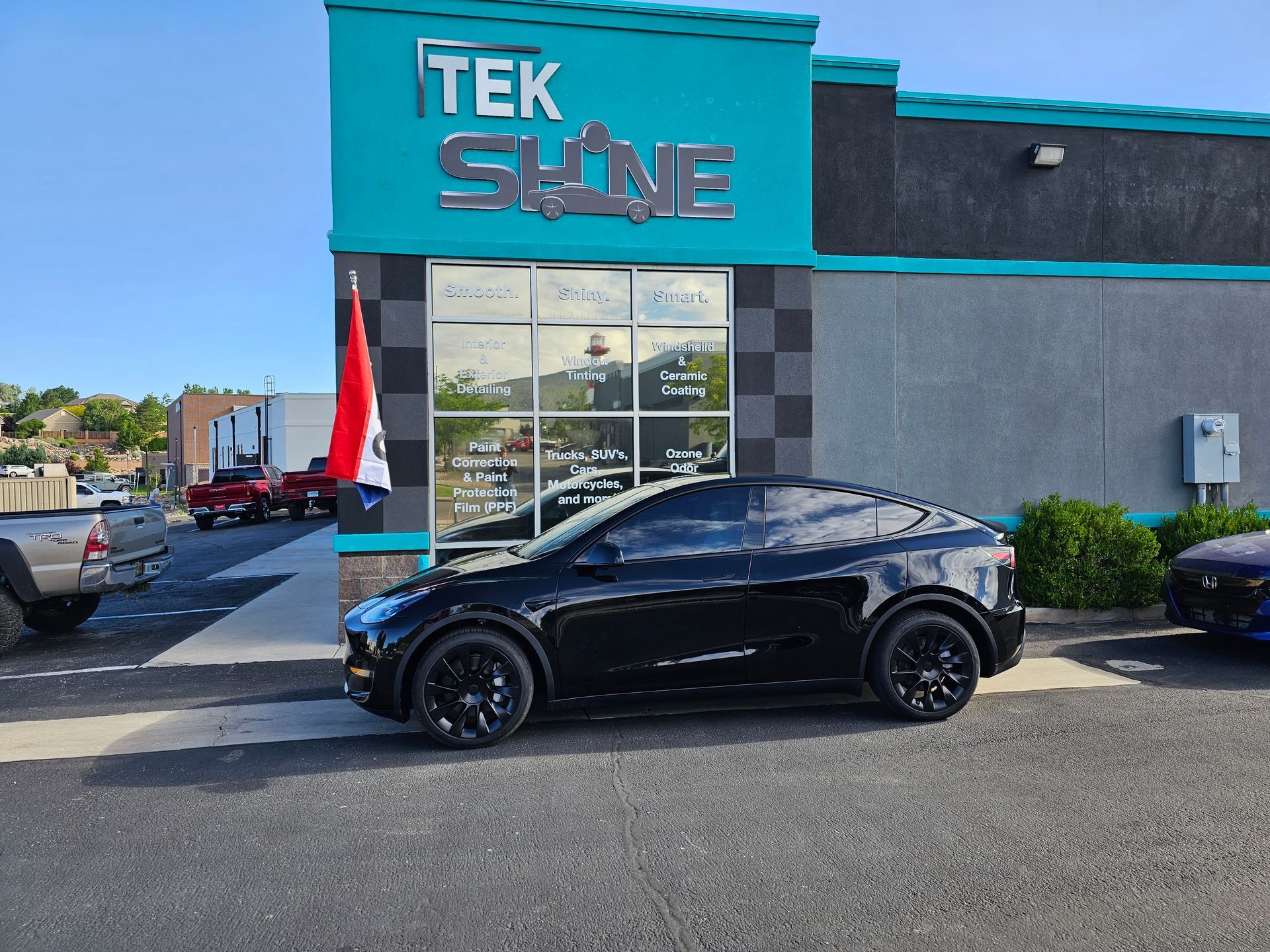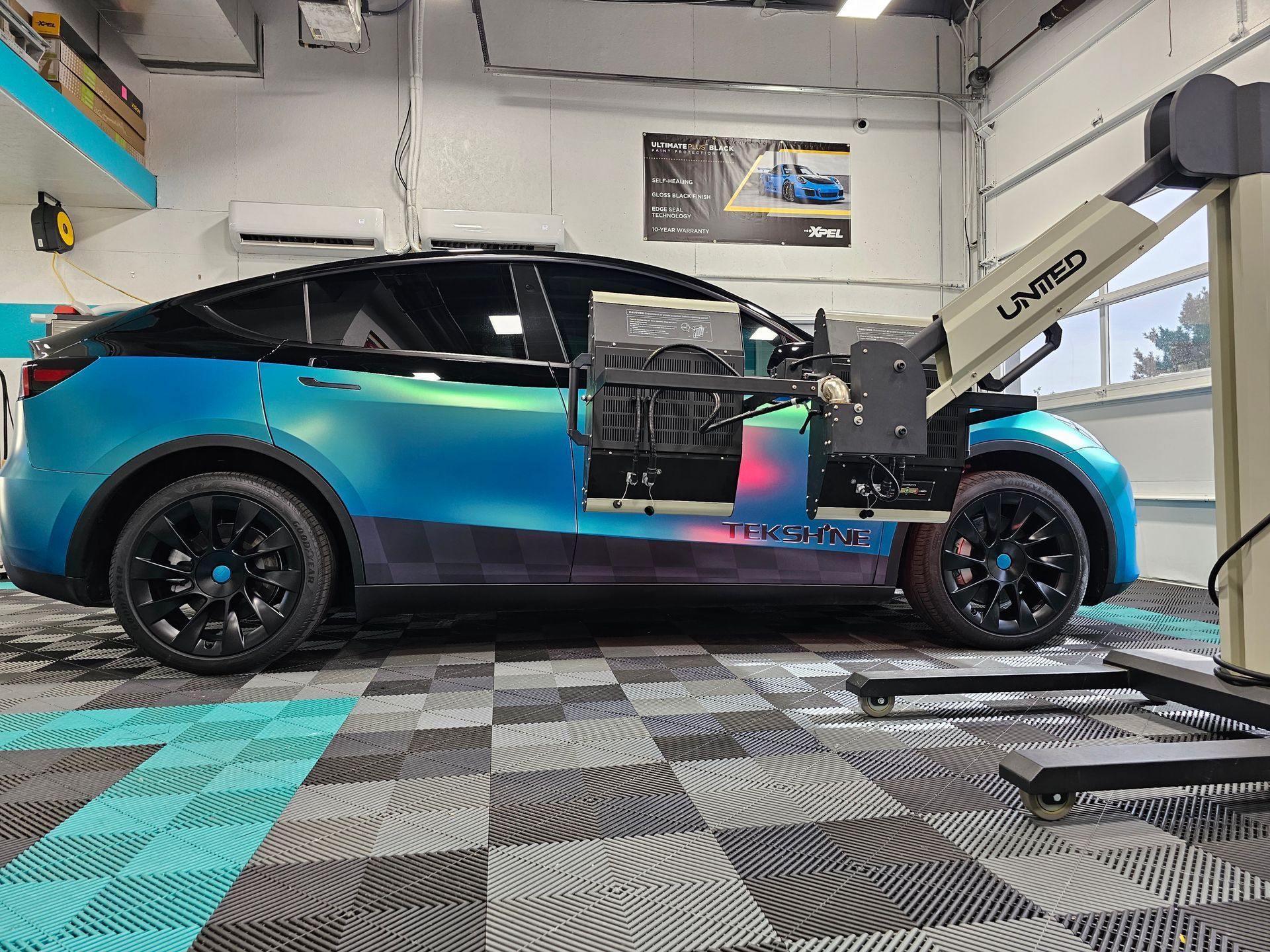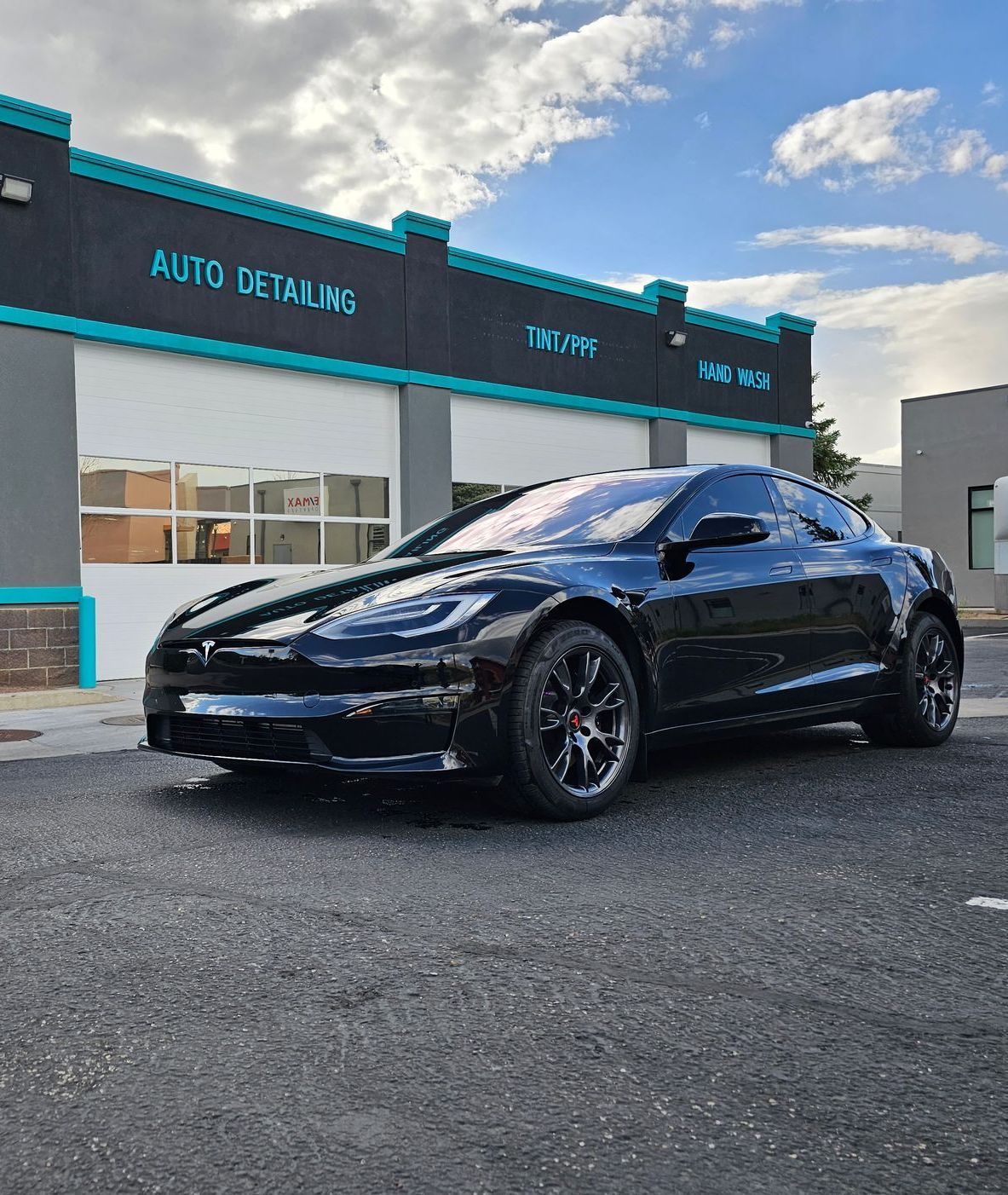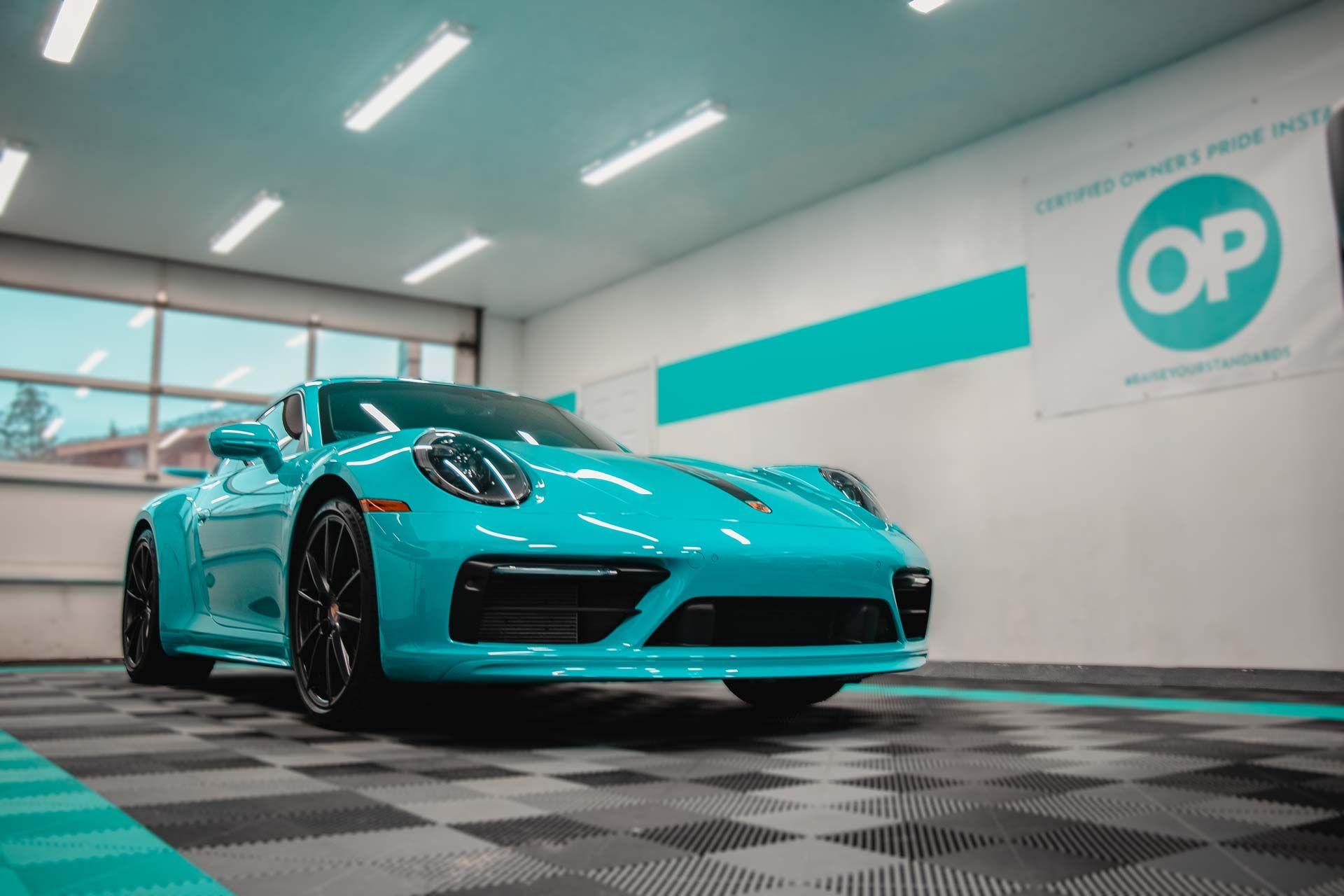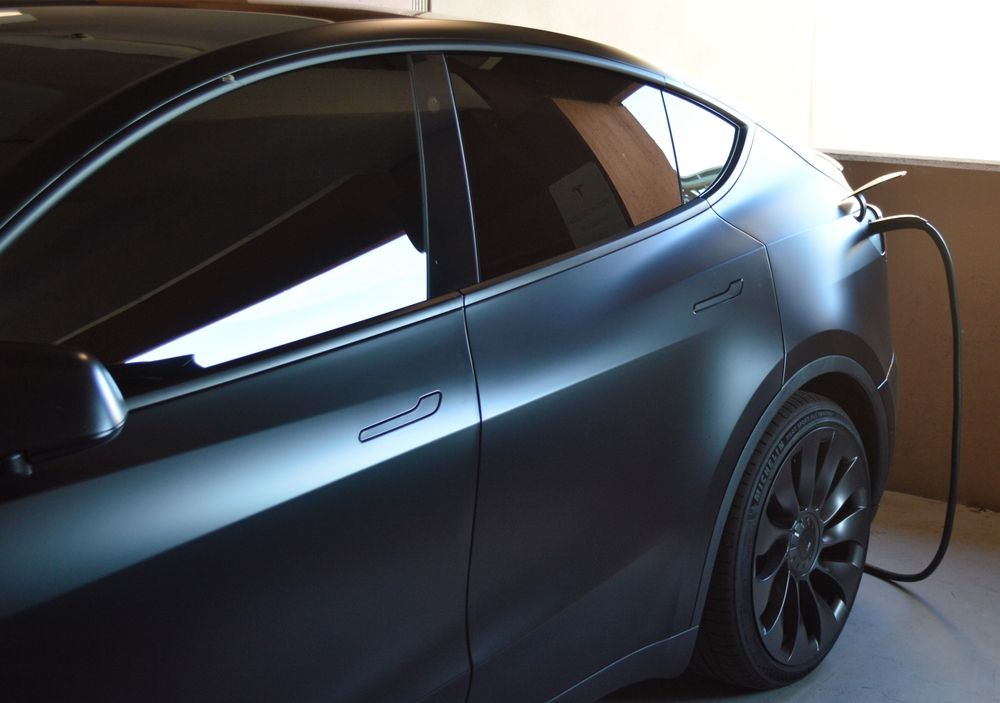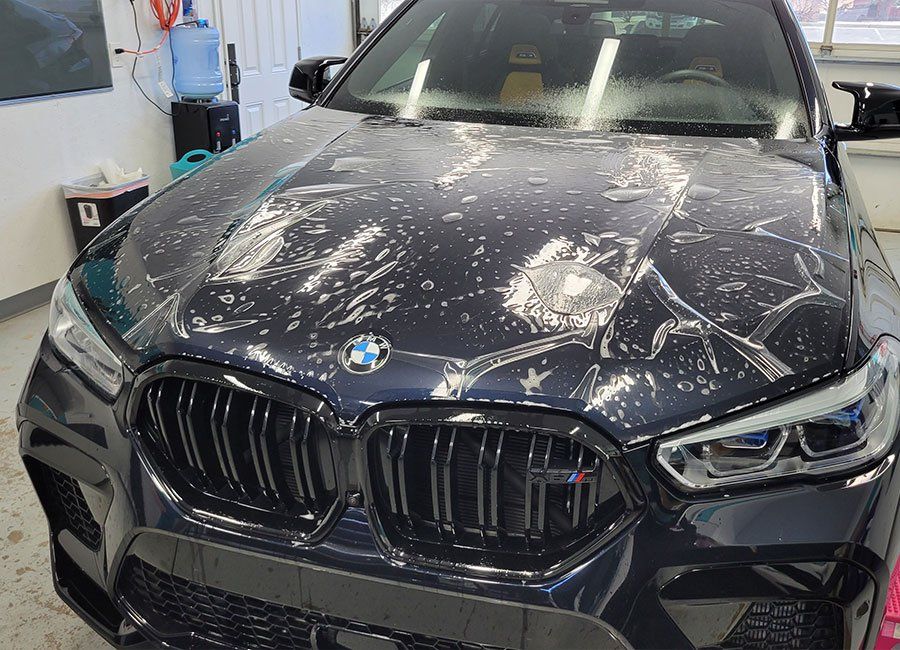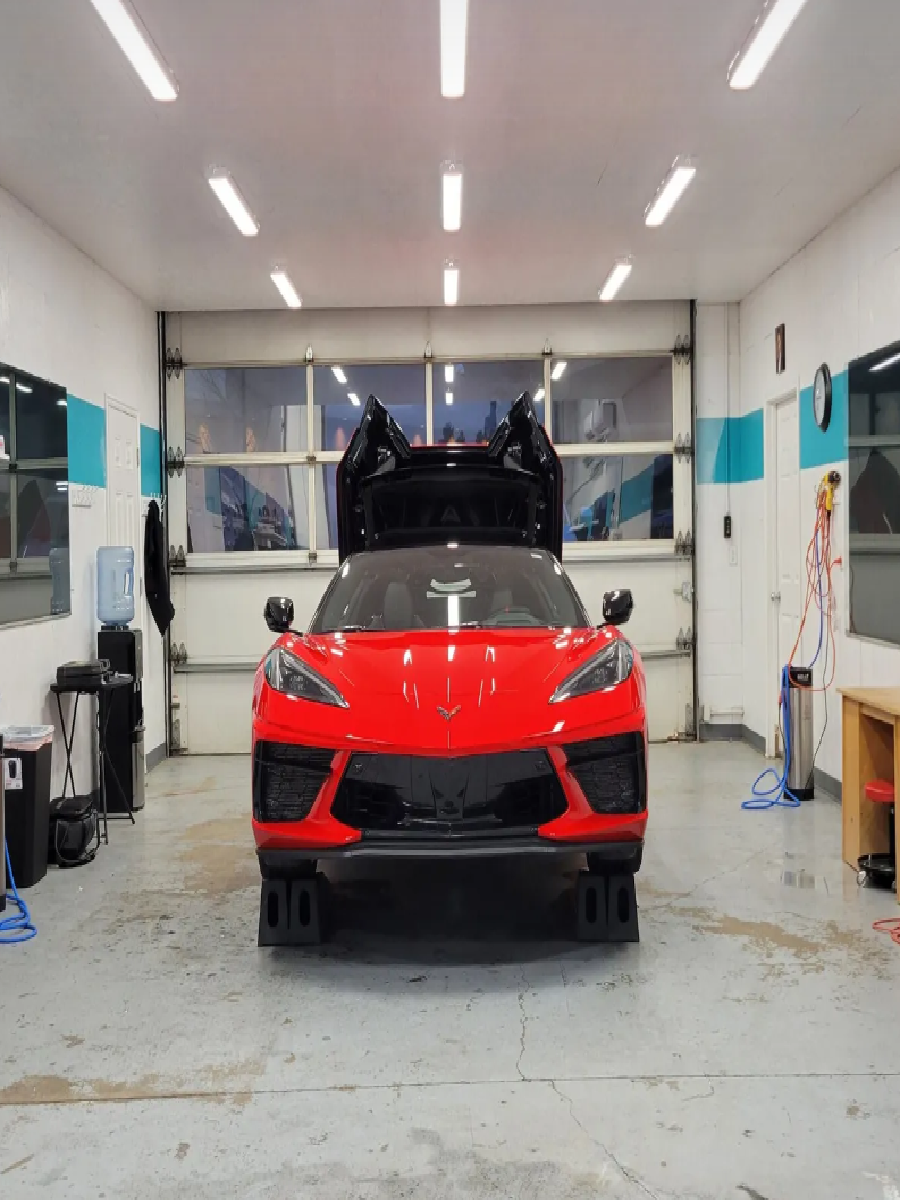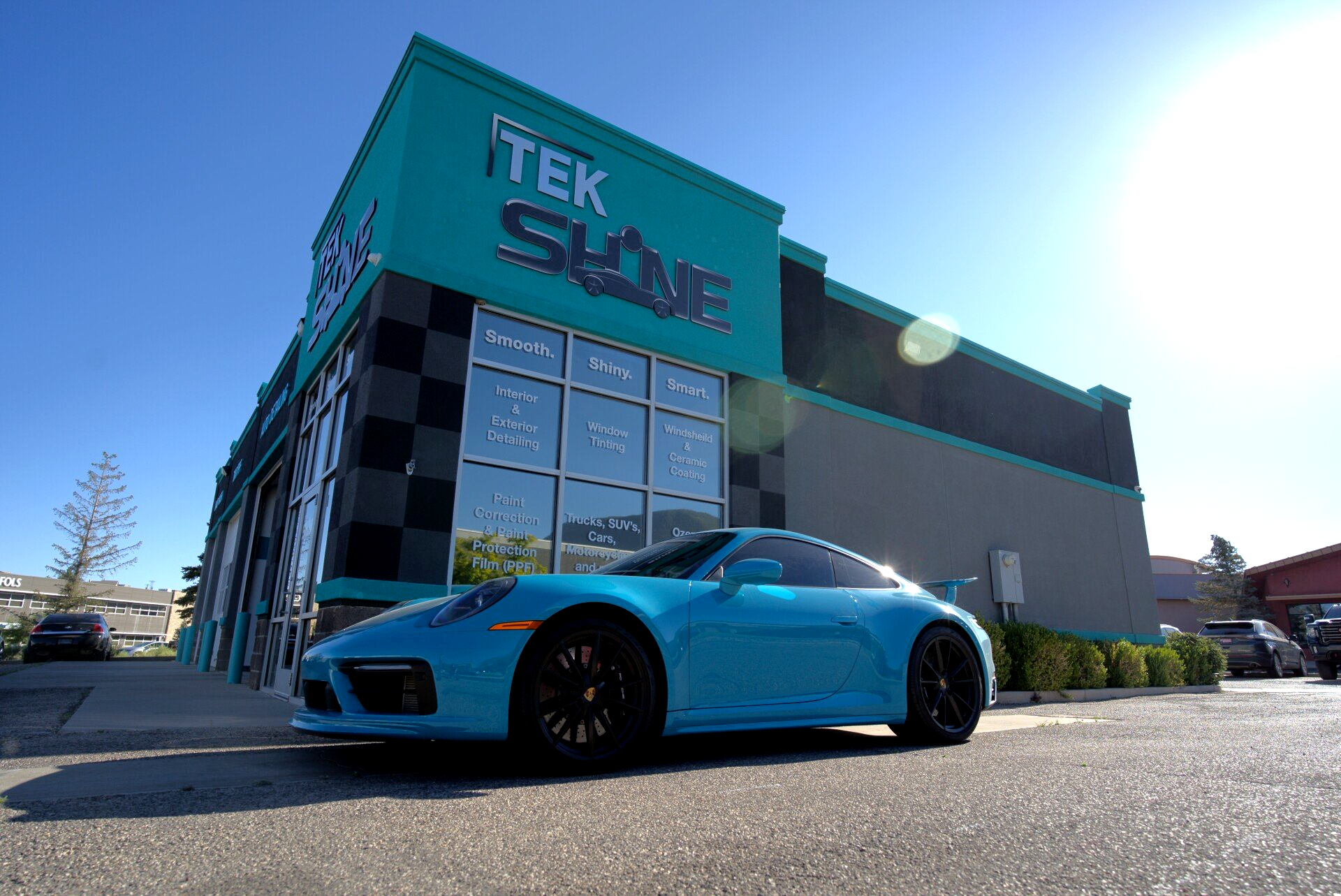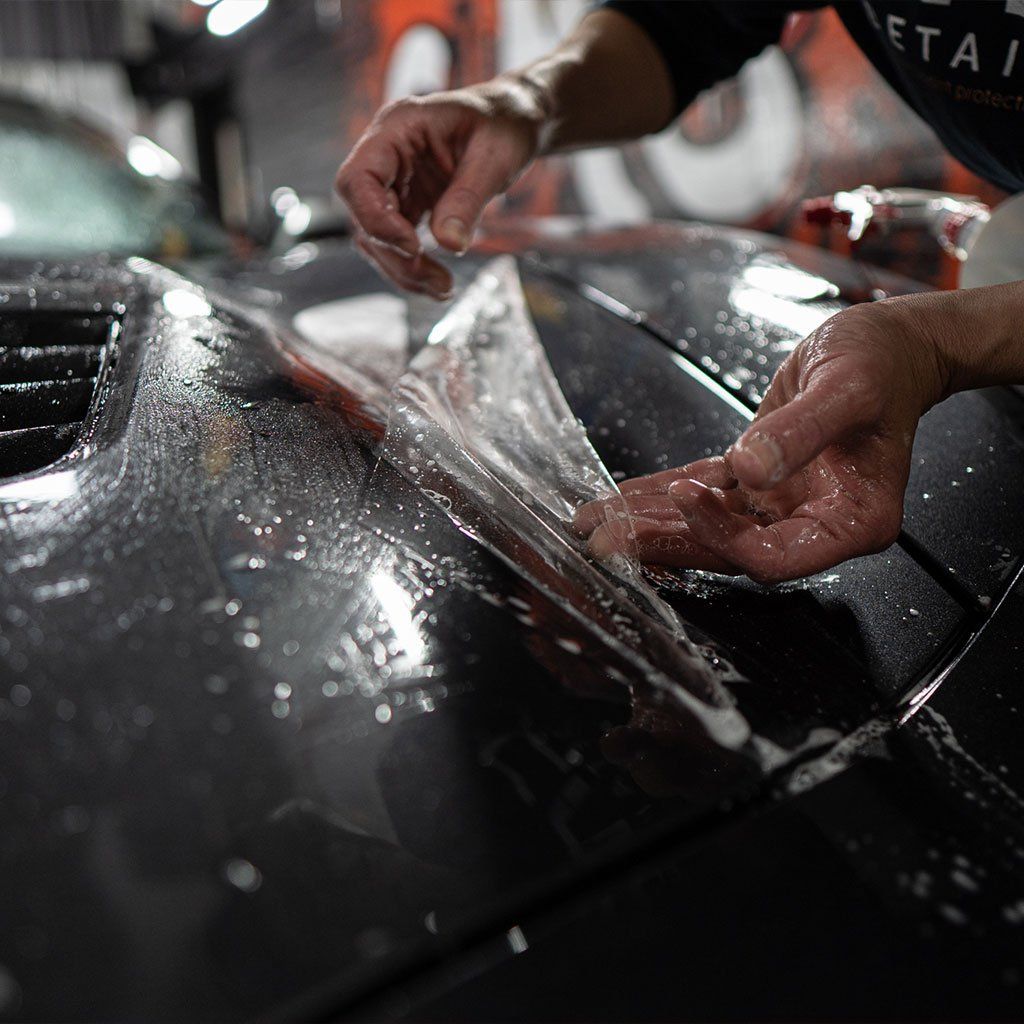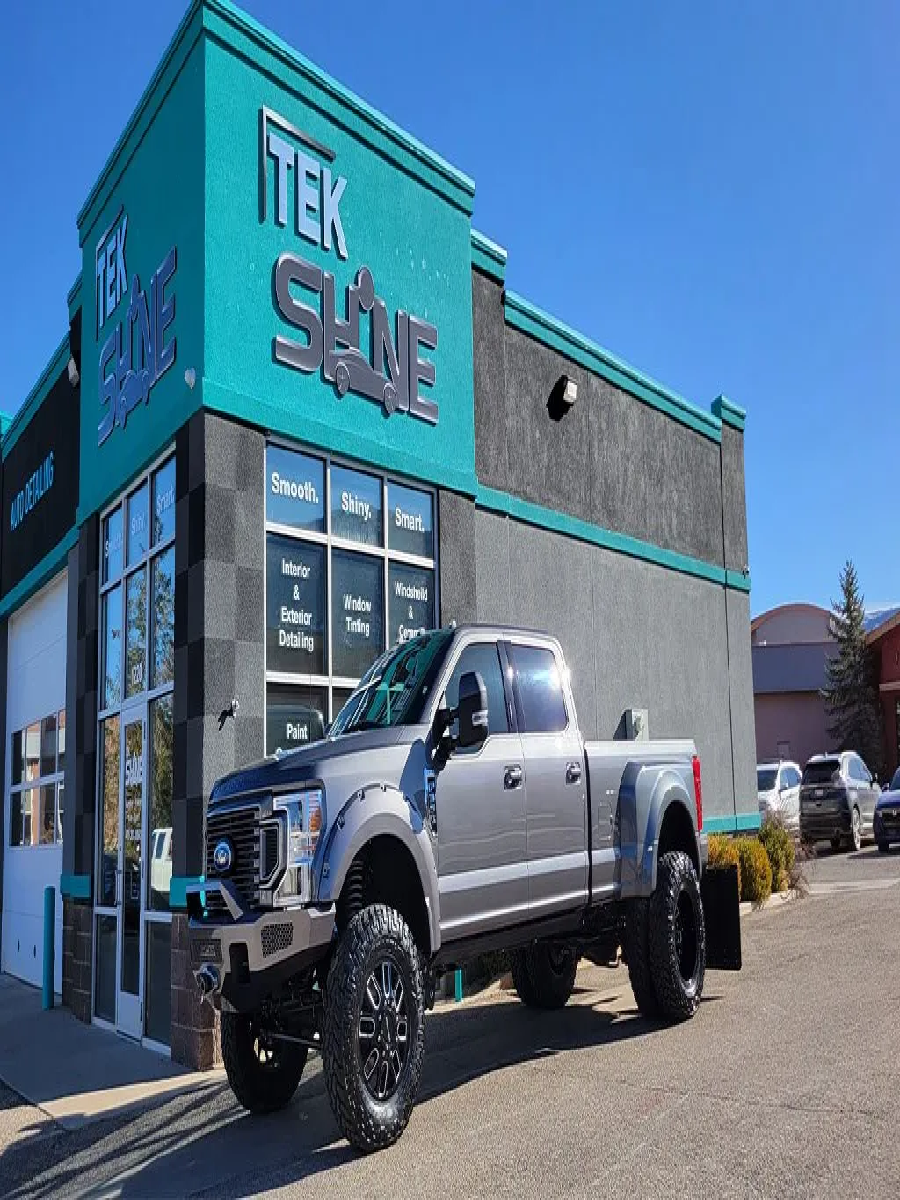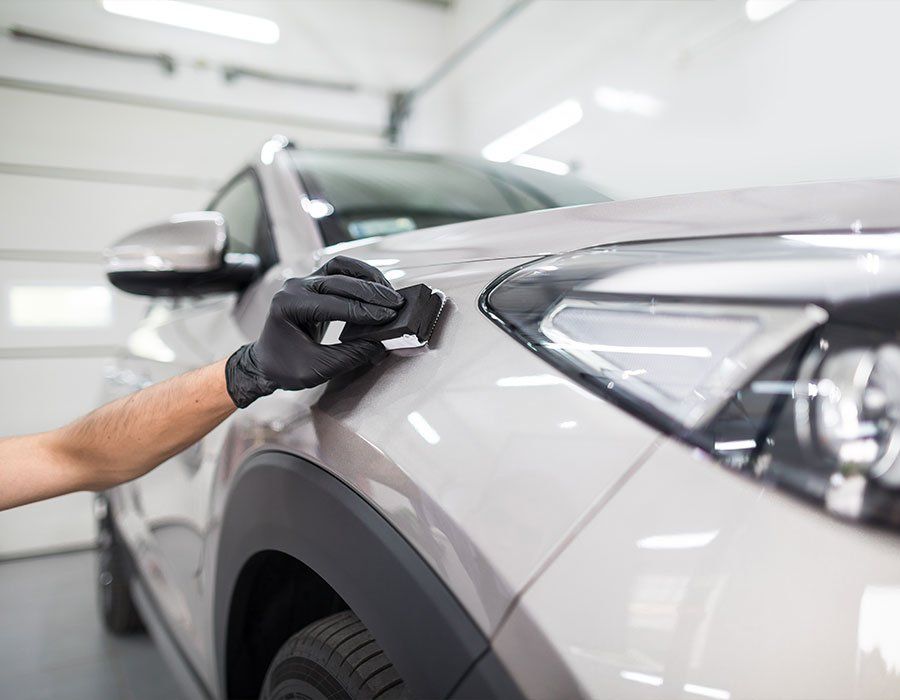How Window Tint Can Protect Your Car’s Interior from UV Rays and Heat
CALL (435) 383-8663
When you think about protecting your car, your mind might jump to sturdy locks and alarm systems. But have you ever considered how window tinting can do wonders for your vehicle's interior? Not only does it enhance privacy and give your car a sleek look, but it also offers significant protection against harmful UV rays and heat. Imagine stepping into a car that has been exposed to the sun all day—without tinting, it often feels like an oven. However, with the right window tint, you can keep that scorching heat at bay while safeguarding your upholstery from fading. As we dive into the many benefits of window tinting, you'll see why this is an upgrade worth considering for every vehicle owner.
Window tinting protects your car's interior by blocking harmful UV rays, which can cause fading and deterioration of materials such as leather and upholstery. Additionally, tinted windows help regulate the vehicle's temperature, providing passengers comfort by reducing heat buildup during hot days.
The Advantages of Window Tinting
One of the standout benefits of window tinting is its impressive ability to regulate the temperature inside your vehicle. On sweltering summer days, especially in states like South Carolina where it can soar into the nineties, tinted windows can drastically lower the interior temperature. Imagine stepping into your car after leaving it parked in the sun for a few hours—without tint, that heat can be unbearable. However, with the right window tint film, it’s possible to keep the interior up to 30–50% cooler compared to untinted glass. This enhances comfort and reduces reliance on air conditioning, potentially leading to improved fuel efficiency.
Another significant advantage is UV protection. Tinted windows can block up to an astounding 99% of harmful ultraviolet rays. UV exposure is known to be a major contributor to skin cancers and other health issues; thus, investing in window tint protects not just your car's interior but also its passengers. While it's crucial to note that darker tints may offer varying levels of blockage for different UV rays (UVA versus UVB), ensuring you choose high-quality film can make a real difference in protection levels.
Furthermore, a well-maintained interior is another layer of convenience that should not be overlooked.
Prolonging the life of your car’s upholstery and dashboard is yet another compelling reason to consider window tinting seriously. By blocking UV rays, these films help prevent fading and deterioration, which is particularly important for fabric and leather surfaces in your vehicle. Statistics show that properly applied window tints can decrease material fading by as much as 80%. Over time, this regular shielding translates into savings—not only does it keep your interior looking fresh, but it also minimizes costly repairs or replacements down the road.
As if that weren't enough, privacy and security also play vital roles in the decision-making process when opting for window tints. By reducing the visibility into your car’s interior, tinted windows deter potential thieves from targeting your vehicle. An unseen laptop bag or purse becomes less enticing when passersby cannot glimpse inside. According to studies, vehicles equipped with quality tints experience fewer theft incidents—a major plus for anyone who regularly parks in busy areas.
We can't ignore one more tangible benefit: enhancing your car's aesthetics.
Window tinting doesn’t just serve functional purposes; it dramatically improves the visual appeal of your vehicle as well, offering a sleek and modern look that many car enthusiasts crave. A stylishly tinted window complements various car designs—transforming even a modest sedan into something striking and sophisticated. Moreover, this aesthetic enhancement can contribute positively to resale value; studies suggest a potential increase of approximately 10-15%, allowing owners to recoup their investment while also enriching their driving experience.
Thus, whether you're seeking comfort from heat or comfort from prying eyes, the various advantages of window tinting present compelling reasons to proceed with this popular automotive upgrade.
With these remarkable benefits in mind, let's explore how effective tinting truly is at blocking harmful UV rays.
How Tint Blocks Harmful UV Rays
Sunlight streams through your car windows, bringing with it ultraviolet (UV) rays that can cause damage not only to your skin but also to the materials inside your vehicle. Regular exposure to these harmful rays can lead to fading carpets, cracked dashboards, and worn-out leather seats—all of which can diminish both the appearance and value of your car over time.
Window tints are expertly designed to combat this issue. They contain specialized materials that work by absorbing and reflecting incoming UV rays, ensuring that up to 99% of these rays are blocked from entering your vehicle.
This impressive blocking capability makes window tint an effective barrier against UV radiation. Imagine driving on a hot day with the sun beating down on you; the heat can be stifling, often leading to an uncomfortable ride. With window tint, not only does the temperature remain more bearable but it also protects you from prolonged exposure to UV rays while you're behind the wheel.
Some might argue that using sunshades or seeking shade for parking offers similar levels of protection; however, window tint provides a level of convenience and consistency that other methods simply cannot match. While sunshades may block a portion of sunlight when deployed, they require constant positioning and can easily be forgotten at home or removed during travel. On the other hand, tinted windows offer 24/7 coverage regardless of your location, making them a reliable choice for continuous protection.
When weighing convenience against effectiveness, it becomes clear that window tinting emerges as the most proactive approach to safeguarding both your health and your car’s interior from damaging UV rays. The ongoing conversation around effectively managing heat and glare reveals an equally important aspect of maintaining vehicle comfort.
Reducing Interior Heat and Glare
The discomfort of stepping into a car that feels like an oven on a hot summer day is something many drivers know all too well. However, window tints can significantly improve this situation. By reflecting a substantial amount of the sun's heat energy away from your vehicle, tinted windows help to maintain a cooler cabin temperature. This is especially beneficial in warmer regions like South Carolina, where summertime temperatures often soar into the nineties. You might be surprised to learn that high-quality window films can cut solar heat gain by up to 60%, leading to a comfortable driving experience.
This temperature control doesn't just make your ride comfortable; it also has financial benefits. When your car interior stays cooler, the air conditioning system doesn’t have to work as hard. As a result, you may notice improved fuel efficiency—some estimates suggest you can reduce the need for air conditioning by up to 30%. This translates to longer-term savings at the pump, making window tinting not just a luxury but an investment in convenience and economy.
A friend of mine recently decided to get his windows tinted after struggling with blinding sunlight every morning on his drive to work. He shared how the difference was immense. Not only did he find it easier to see the road, but the cabin felt significantly cooler even before turning on the air conditioning. This simple upgrade made those long summer drives far less exhausting.
Additionally, it's important to note that while reducing heat is crucial, achieving the right level of tint also involves considering legal constraints in your area. For instance, in South Carolina, regulations require that window tints allow more than 27% Visible Light Transmission (VLT). Always check local guidelines before proceeding with installation; this ensures compliance and prevents any potential issues with law enforcement due to overly dark tints.
Understanding how window tinting enhances both comfort and safety opens up a broader discussion about proactive measures for maintaining the overall quality of your vehicle interior over time.
Long-Term Protection for Car Interior
Just like sunscreen protects our skin from harmful rays, window tint serves as a shield for your car's interior against damaging UV light. This protection is vital because, over time, exposure to the sun can lead to significant deterioration of upholstery, dashboards, and leather seats. Imagine driving around in a car with faded colors or cracked surfaces; it doesn't just look bad but also reduces the vehicle’s resale value. Regular maintenance means investing in your car's longevity and appearance.
Many luxury car owners have noted this and see tinting as a prudent investment. Not only are they safeguarding their pristine interiors, but they’re enhancing comfort—something every owner appreciates during hot summer days. For instance, high-quality window films block nearly 99% of harmful UV rays, significantly lowering the risk of sun damage that leads to expensive repairs. This not only saves on potential restoration costs but also provides a more enjoyable driving experience by preventing overheating.
Alongside these protective advantages lies another compelling reason: environmental effects on materials within your vehicle.
Unfiltered sunlight can cause significant damage to your car's interiors over time, with the added challenge of silent decay. You might not notice fading or cracking immediately, but day by day this wear adds up. Investing in good-quality tint now translates into long-term benefits, thus negating future maintenance costs associated with interior replacements or restorations. This foresight in upkeep is akin to changing your oil regularly—it’s a proactive approach that saves you headaches later on!
When considering window tinting, remember it's not merely about reducing glare or maintaining cooler temperatures inside the vehicle; it’s about long-term preservation and enhanced enjoyment of your ride.
Understanding these protective aspects will pave the way for appreciating additional advantages, particularly those experienced by both drivers and passengers.
Benefits for Drivers and Passengers
One of the standout advantages of window tinting is the increased comfort it provides. You can imagine driving on a sweltering summer’s day when the sun is beating down through the windows, turning your car into a heated oven. With tinted windows, that uncomfortable scenario changes dramatically; they help to maintain a cooler interior temperature by blocking significant amounts of heat from entering. In fact, vehicles with tints can keep their interiors 30-50% cooler than those without, making even the hottest days manageable and pleasant.
Along with comfort comes an essential feature—eye protection. Have you ever noticed how glaring sunlight can cause eye strain, especially during long drives when you're squinting against the bright rays? Window tints effectively reduce glare, making driving more enjoyable and safer. With fewer distractions from blinding lights, drivers can focus on the road ahead instead of shielding their eyes, leading to less fatigue and more alertness.
Now, talking about health benefits: It’s been scientifically proven that prolonged exposure to harmful UV rays increases risks like skin cancer.
Window tinting plays a crucial role in reducing this risk for both drivers and passengers by blocking up to 99% of harmful UV rays. Just picture how often you and your loved ones spend time in the car—running errands, going on family road trips, or simply commuting to work. Each time you're in that environment, you're at risk for overexposure. By investing in window tinting, you're taking proactive steps to protect everyone's health while ensuring that your car’s interior remains safeguarded from fading caused by UV exposure.
Moreover, parents benefit greatly from tinting; they often report that it keeps their young children cool and comfortable during travels. Kids tend to get cranky in hot cars, so when parents provide a comfortable atmosphere—like with tinted windows—they enhance everyone’s overall travel experience. Additionally, being aware of how these tinted windows act as barriers against unwanted attention can be comforting for families traveling with valuable items in their vehicles.
With heightened comfort and health protection as key benefits, it's evident how window tinting transforms your driving experience into something far more enjoyable. Next, we’ll explore what factors to consider when deciding on the right type of tint for your vehicle.
Choosing the Best Tint for Your Vehicle
Selecting the right tint goes beyond simply picking a color that looks good; it means understanding how different types of tints can protect your interior and enhance your driving experience. There are several options, such as dyed, metalized, hybrid, and ceramic tints, each offering unique advantages and disadvantages.
Dyed tints are generally the most affordable option but fall short in UV protection compared to other types. Meanwhile, ceramic tints provide superior benefits at a higher price, making them an appealing but costly choice.
Let's break this down further with a bit more context: dyed tints, for instance, achieve their color by embedding dye within the film. While they reduce glare and can improve privacy, their performance in blocking UV rays is minimal. On the other hand, metalized tints reflect heat thanks to small metallic particles embedded in them, which help keep the interior cooler while also fortifying the glass against shattering. However, they can sometimes interfere with electronic devices like GPS or mobile signals due to their metallic content.
Now that you understand the types of tints available, here’s a step-by-step approach to making your choice.
Step I: Determine Your Budget
The first step is straightforward yet crucial: establish how much you’re willing to spend. Remember that while cheaper options might save you money upfront, they could lead to additional costs down the road if they fail to perform or don’t last as long as higher-quality tints. Investing in an efficient tint now contributes not only to aesthetic appeal but ultimately pays off through better durability and protection.
Step II - Review State Regulations
After setting your budget, it's essential to familiarize yourself with local laws regarding window tint darkness levels. II: Review own rules about visible light transmission (VLT) percentages; for example, many states permit 35% VLT for driver’s side windows and allow even darker shades for rear windows. Understanding these regulations ensures you're compliant while selecting a look you love without worrying about costly fines or required reinstallation.
Step III: Compare Different Types of Tints
Finally, assess the pros and cons of each type of tint based on the considerations outlined earlier. This isn't just about personal preference; think about your day-to-day needs. Are you often parked outside under the blazing sun? If so, prioritizing heat rejection qualities through metalized or ceramic options might be wise. Alternatively, if privacy is your primary concern and you drive in low-sun-intensity areas, dyed film may suffice within your budget constraints.
In selecting window tinting for enhanced protection against UV rays and heat, consider factors like budgetary constraints and legal regulations to make a well-informed choice. Reach out for assistance with your choices today at Tekshine or call us at (435) 383-8663.

